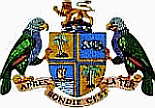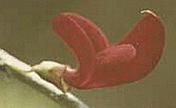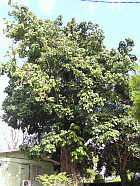
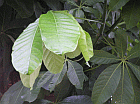


|
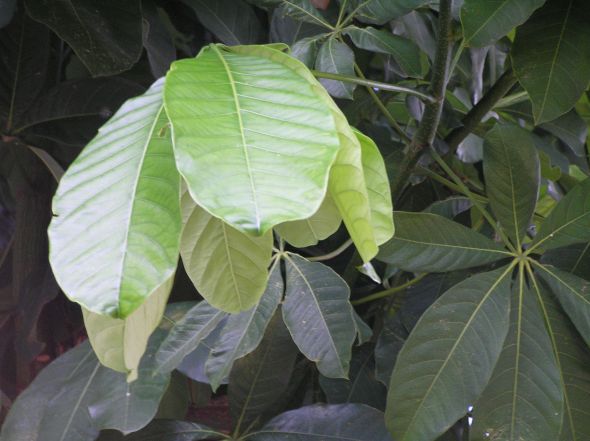
Clayton Shillingford
Plant Family: Belongs to the Bombaceae family, which includes the giant Baobab (Adansonia digitata), Durian (Durio zibethinus), Fromager or Silk Cotton (Ceiba pentandra), and the Guiana or Malabar Chestnut (P. aquatica).
Description: Medium-sized, evergreen, fast-growing tree, up to 25 m tall (80 ft); leaves large, palmately compound; leaflets 5 -7, lanceolate, shiny; flowers usually solitary, large and elongated, very fragrant, self-fertilized, with long, uniformly curved reddish brown petals and numerous, very long filaments, up to 10 cm long (4 in), in attractive clusters; clustered filaments give appearance of shaving brush, hence tree in some places called Shaving Brush tree; fruits woody, pod-like and ellipsoid, 20-30 cm long (8-12 in) and 5-6 cm in diameter (2-2.5 in); seeds numerous in fleshy pulp.
Natural Habitat: Wet, lowland, tropical rainforests, up to 500 m altitude (1600 ft), with well drained soil; thrives in full sun to partial shade; propagated by seed and cuttings, and probably by air-layering; seeds will keep for months in cool, dry place.
Origin and Distribution: Native to rainforests of Amazon basin and C. America; today grown in many parts of the Tropics.
Uses: Grown mainly for its edible seeds, which can be eaten either raw or roasted; when roasted, taste like cashews or European chestnuts; eaten raw, taste like peanuts; seeds can also be ground and used as flour-substitute in bread; young leaves and flowers cooked and eaten as vegetable; also a handsome landscape tree or attractive indoor potted plant.
References:
H.F. Macmillan. Tropical Planting and Gardening. Macmillan, London 1956
University Campus Walk. University of Hawaii, Manoa, Hawaii, n.d. (www.hawaii.edu)
Carlos R. Artaud. Pseudobombax ellipticum (Kunth). Tri-ology, Vol. 39, No.3. Florida Depart of Agriculture, May-June 2000
|
